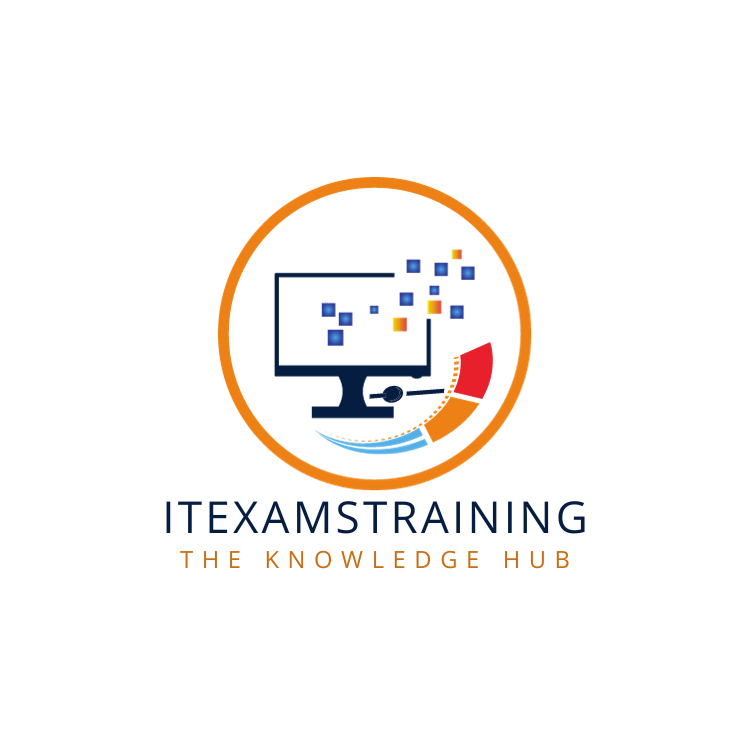Question #1
In Cressey’s fraud triangle, its three of the legs are Opportunity, Pressure and
A. Violation
B. Isolation
C. Rationalization
D. None of the above
Correct Answer: C
Question 2
People commit financial statement fraud to:
A. Conceal false business performances
B. Preserve personal status/control
C. Maintain personal income
D. Stand outside the accounting system
Correct Answer: B
Question 3
Which of the four basic measures, if properly installed and implemented may help prevent inventory fraud?
A. Proper documentation, segregation of duties, independent checks and physical safeguards
B. Proper documentation, segregation of duties, independent checks and inventory control
C. Proper documentation, physical padding, independent checks and physical safeguards
D. prenumbered afiliations, segregation of duties, independent checks and physical safeguards
Correct Answer: A
Question 4
Undisclosed payments made by vendors to employees of purchasing companies are referred to as:
A. Bid-rigging
B. Kickbacks
C. Presolicitaion
D. None of the above
Correct Answer: B
Question 5
In which of the following process, all bidders are legally supposed to be placed on the same plane of equality, bidding on the same terms and conditions?
A. Bid-rigging
B. Kickbacks
C. Competitive bidding
D. Bid solicitation
Correct Answer: C
Question 6
In which phase of competitive bidding process, fraudsters attempt to influence the selection of a contractor by restricting the pool of competitors from whom bids are sought?
A. Need recognition
B. Solicitation
C. False specification
D. Submission
Correct Answer: B
Question 7
Which of the following is the criterion for bid solicitation?
A. Containing false statements
B. Allowing the purchaser to discuss possible employment with the contractor
C. To withdraw low bids
D. To falsify the bid log
Correct Answer: B
Question 8
Which of the following is NOT the example of bribery prevention policies?
A. Reporting gifts
B. Discounts
C. Business meetings
D. Resource diversions
Correct Answer: D
Question 9
Which of the following method is NOT used to detect conflicts of interest?
A. Tips & Complaints
B. Review of vendor ownership files
C. Underbillings of assets
D. Interviews with purchasing personnel
Correct Answer: C
Question 10
Multiple cashiers operate from a single cash drawer without separate access codes is a red flag for:
A. Fraudulent scheme
B. Disbursement scheme
C. Register scheme
D. Force inventory scheme
Correct Answer: C
Question 11
A voucher is:
A. a file that includes the purchase order that was send to the vendor, the vendor invoice listing the cost and quantity of items purchased, and the internal receiving reports that verify the purchased items have been delivered.
B. a figure that includes the sale order that was send to the dealer, the vendor invoice listing the cost and quantity of items sold, and the internal receiving reports that verify the purchased items have been delivered.
C. a report that includes the purchase order that was send to the vendor, the vendor invoice listing the quality and quantity of items purchased, and the external receiving reports that verify the items have been sold.
D. a mammogram that includes the purchase order that was send to the purchaser, the purchaser invoice listing the benefits and quantity of items purchased, and
Correct Answer: A
Question 12
What is sometimes used to overcome well-designed internal controls of a victim company?
A. Shell company
B. Fraudulent invoices
C. Collusion
D. Rubber stamp supervisors
Correct Answer: C
Question 13
Larceny by Fraud or deception means that:
A. Creates or reinforce a false impression
B. Fails to correct a false impression
C. Fails to disclose a known lien, adverse claim or other legal impediment
D. All of the above
Correct Answer: D
Question 14
Assets that are long-lived and that differ from property, plant and equipment hat has been purchased outright or acquired under a capital lease are:
A. Tangible Assets
B. Intangible Assets
C. Forced Assets
D. None of above
Correct Answer: B
Question #15
The seller’s price to the buyer is not fixed or determinable when:
A. When the price is not contingent on some future events
B. The transaction includes an option to exchange the product for others.
C. A service or membership fee is not subject predictable cancellation during the contract period.
D. Payment terms are not extended for a substantial period.
Correct Answer: B
Question #16
Occupational fraud and abuse is a (an) of doing business, in much the same way that we pay expenses for electricity, taxes and wages.
A. Equity
B. Balance sheet
C. Expense
D. Financial record
Correct Answer: C
Question 17
The heart of book keeping system is the ___________.
A.Asset
B. Liability
C. Checkbook
D. Journal
Correct Answer: C
Question 18
By removing a tangible asset from the business (a debit), the books will be by the exact amount of the tangible asset misappropriated.
A. Journal Entries
B. Out-of-balance
C. False debits
D. None of all
Correct Answer: B
Question 19
Which of the following is not the skimming scheme?
A. Unrecorded sales
B. Fraud & Cost
C. Theft of checks through the mail
D. Understand sales and receivables
Correct Answer: B
Question 20
Topic 2
The most basic skimming scheme occurs when:
A. An employee sells goods or services to a customer, collects the customer’s payment, but makes no record of the sale.
B. An employee buy goods or services from a customer, drop the customer’s payment, but makes no record of the purchase.
C. An employee sells goods or services to a stakeholder, collects the stakeholder’s payment and makes record of the sale too.
D. An employee buy goods or services from a stakeholder, drop the stakeholder’s payment and makes record of the purchase too.
Correct Answer: A
